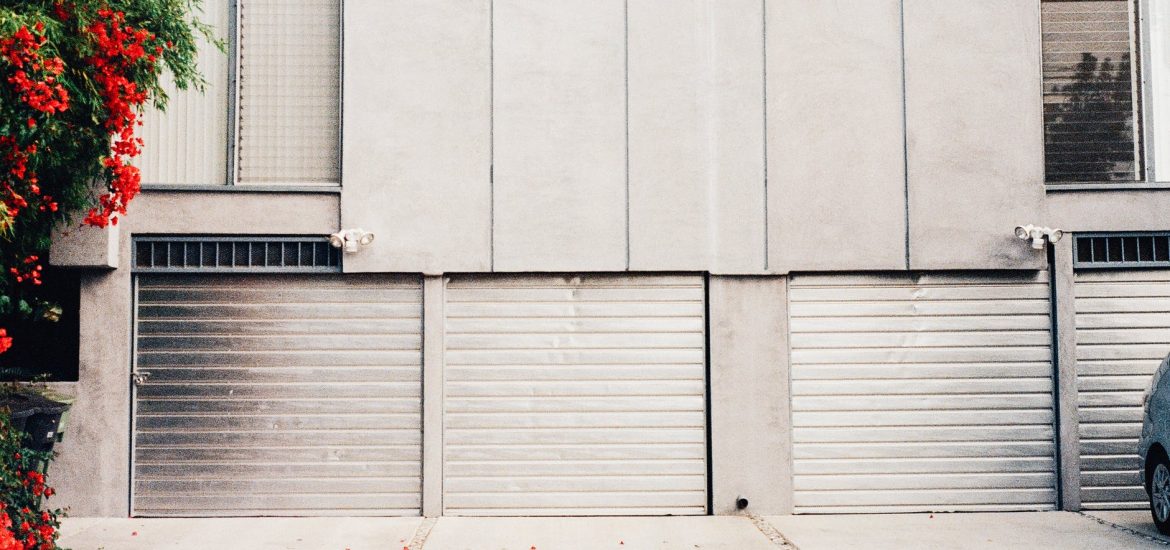A garage door is a piece of standard equipment in our households and commercial buildings. They keep our cars secure and safe. Their everyday use exposes them to a lot of wear and tear, and their maintenance is a common occurrence. Do you know that there are some hacks that you can use to get rid of some common garage door failures? We list them below for your reference. But if the matter does not get resolved or is getting out of hand, please seek professional help immediately.
Unresponsive remote control:
As simple as it sounds if the remote control is not responding to your actions, check the batteries. Usually, the batteries get expired and need to be replaced. You can add a little stick on paper on your remote control with the date when you insert the new batteries. This should give you an idea of when to replace the batteries. If batteries are new, then you are probably operating the remote from a longer distance. Try coming closer in so that the signal is transmitted. If you are already in close range, then it is time to reprogram the remote. Follow the manual in this regard.
Unresponsive wall switch:
There are generally two reasons when your wall switch breaks down. It’s either the two wires attached within or the switch itself. To identify the actual fault, detach the two wires from the switch and touch them together if the opener responds, then the fault lies with the switch and not the wires. If the opener does not meet, then the switch is alright; it’s the wires that need to be replaced. Because of the switch embedded into the opener, there is no need to reprogram or fix the signal issues.
Garage door going up before closing:
There are two sensors attached on either side of your garage door frame. If your garage door is lowering and then reversing back to the open position, then those sensors are not functioning correctly. Make sure those two sensors are appropriately aligned, and nothing is obstructing their signals. You can always check garage door repair in Arlington to fix the issues if your garage door is giving you a problem.
Garage door not shutting completely:
Garage door openers have an in-built mechanism, called the limit switch that controls how much a door lowers to close completely. If you do not shut completely but don’t reverse, either you might need to adjust the limit switch. You can easily customize using a screw on the motor unit that, when turned, will dictate how far the door lowers when closing.
Loose or broken seal of the garage door:
If the insulation strip along the bottom and sides of the garage door is broken, it can be easily replaced. The broken seal will allow water, dirt, and other impurities to creep inside your garage. Whenever you enter it, you will feel the dampness in the air. You can buy a new one from the home improvement store. They come with adhesives for some extra protection. To cover the shrinkage caused by rubber, you should buy a little longer than required.
The door closes but goes up again:
To prevent any accidents occurring, the garage door automatically stops if something comes into its path. You need to remove any such object to make it work smoothly. If nothing is visible, then you need to check the tracks of the garage door. Maybe something is stuck in between that is obstructing its operation. If the tracks have nothing there, then reset the opening and closing limits on the garage door opener.
Out of Alignment door:
A garage door that is not signed to the tracks it is supposed to sit on is hazardous. It can fall on anything under it causing damage. The rollers of the garage door should run seamlessly on the tracking rail, and there should be no gap in it. If a gap is visible, then you are advised to call for professional help without delay.
Rusty garage door:
Rust is caused when the garage is exposed to air and water for an extended period. Rust eats away your components and hampers the smooth functioning of the door. It would be best if you did not let rust accumulate on your garage door. Please keep it clean and regularly spray it with the recommended oil. If rust gets to form, then wash the affected area with dishwasher liquid first. Then clean it with a mixture of vinegar and salt using a soft cloth. Vinegar is a rust killer. It should clean your garage door.
Noises:
Noises have a lot of underlying causes. You can check by tightening all the loose screws, thorough lubrication, replacing the metal rollers, upgrading to the belt-driven opener, checking the springs-maybe they need to be replaced or have a close look at the hinges. There can be other issues at play too, but chances are if you take care of the things as mentioned above your garage door’s noises will come down drastically.
Garage door opener won’t work:
This is another common problem which you can fix quite quickly. Now, this solution applies to chain or drive-screw has driven garage door openers. You need to generously apply lubrication to reduce the friction that is causing the door opener not to work. Lube the garage opener well to its full length and remove the excess. This could make it run smoothly again.
Cracks:
If you are using a wooden garage door, this problem is prevalent. You can quickly fix it by filling the gaps with a sealant or a waterproof filler. If you do not fill the gaps, the cracks will extend, and you might have to replace the entire door.
These are some of the DIY hacks that you can use to keep your garage door in good working condition. We hope this has been helpful.

